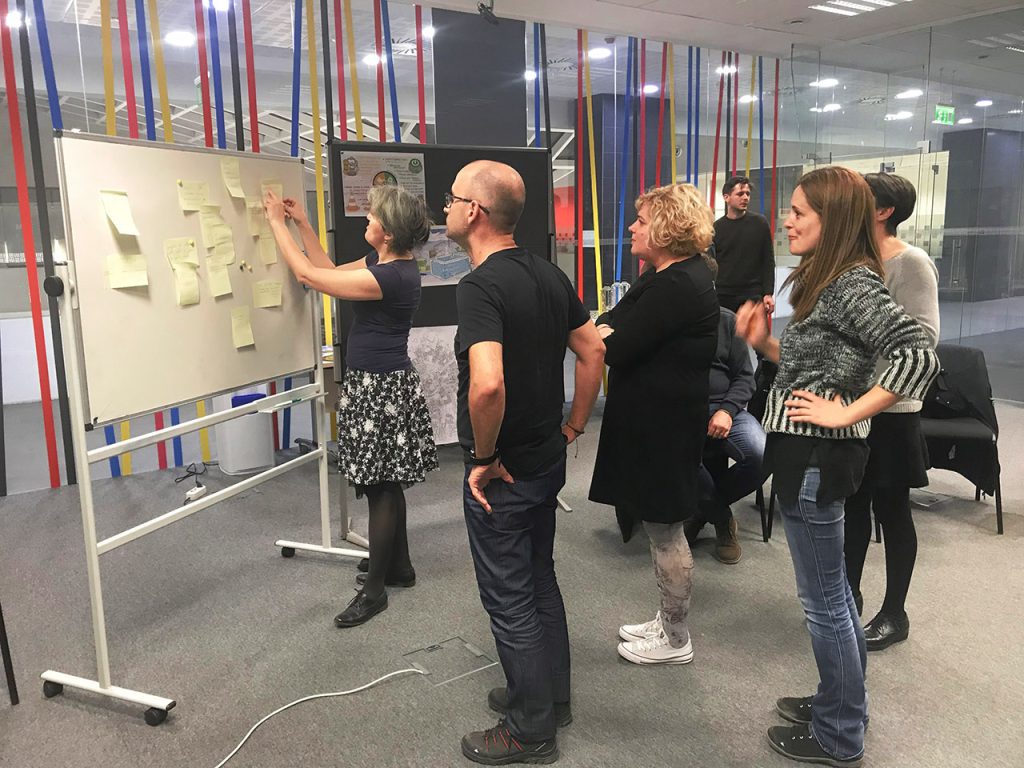TMV–A
Instalație spațiu public, concurs BETA 2022
August 2022
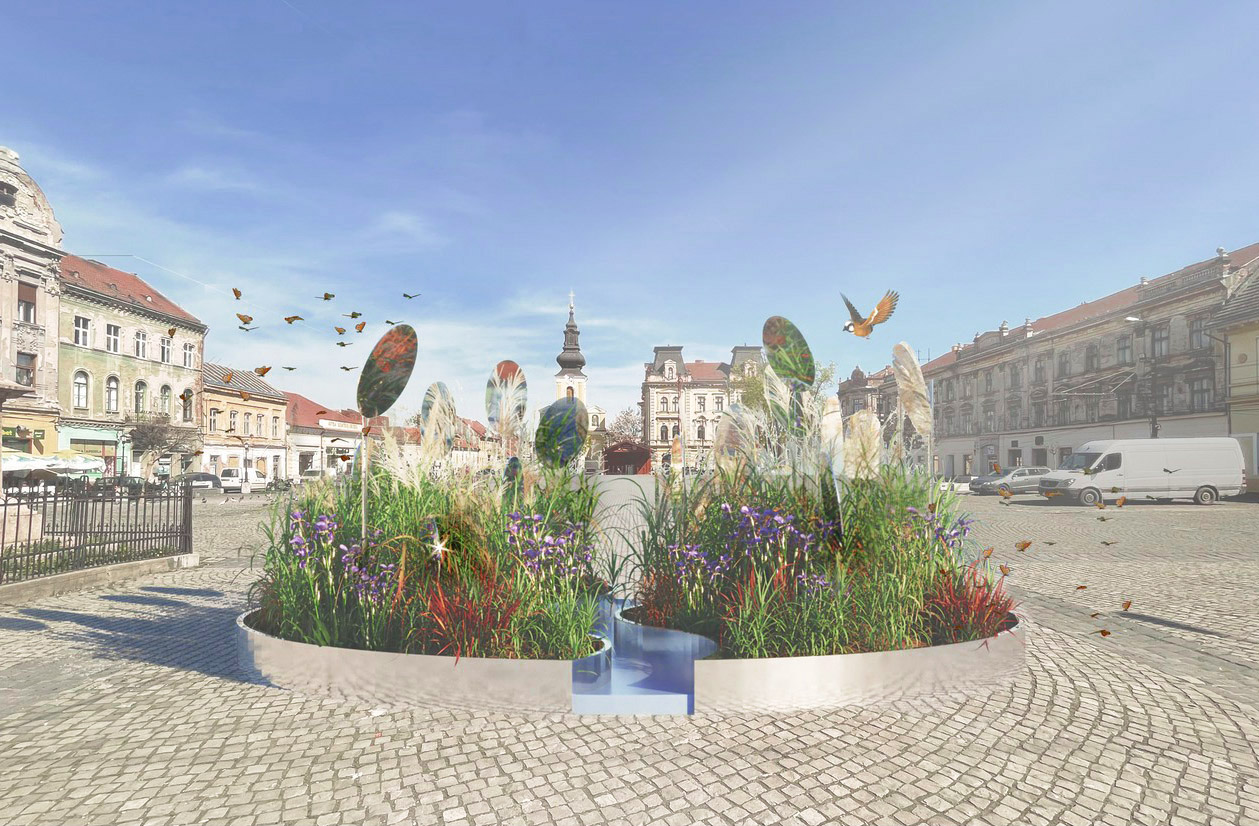
Cu dorința de a propune o reconciliere între urbanizare și natură în viitoarea amenajare a spațiului public din Piața Traian, Loredana Gaiță și Anda Stan, au participat la concursul Beta – bienala timişoreană de arhitectură, organizat în 2022.
Instalația propusă amintește evoluția istorică a cartierului și în același timp trimite cu gândul la o nouă amenajare urbană mai verde, poroasă, umbrită, cu un microclimat plăcut și care susține biodiversitatea.
Text curatorial:
„Pe vremea lor va fi altfel (In their time it will be different)
The chosen name starts from the artistic intervention of Levente Kozma, „Pe vremea mea era altfel…” (In my time it was different…), displayed in Mărăști Square, Timișoara, in 2014, which raises questions about the personal and collective perception over time in relation to external changes. The short phrase embeds a deeply nostalgic consciousness, a familiar attitude for the Romanian cultural context.
On a global scale, a different generation changes the focal point of concern and discussion on the axis of time. The wide movement of climate activism struggles to bring the future into the present. In doing so, the effects on the individuals vary widely. Sometimes the public discourse empowers by taking the form of calls to arms, but as the education on the subject spreads and coherent geopolitical action lacks, the general feeling of hopelessness grows. We call it a nostalgic view over the future, even though it can take gloomier shades such as eco-anxiety/grief or depression. In this context, external struggles will become personal challenges and one coping mechanism is the mantra of making small, visible steps both at an individual level and a larger communal level.
Our micronation wears both possibilities. It can reveal a nostalgic view of the past but it is also a call to action for a better future through progressive urban design and planning.
Playing with the dichotomy of time, the intervention brings both the past and the (wishful) future into the present. It remembers the history of the place by recalling the original meadows and it presents a potential future reconciliation between nature and urbanization; one that is desired but most necessary. It takes its essence from the evolution of the neighborhood’s natural landscape under the pressure of densification and it reclaims spaces for nature in the future rehabilitation of Train Square and adjacent streets.
But as external changes are better perceived as long as they have an emotional impact, the installation is a device of self-mirroring, by reflecting the past and the future in the personal present. The installation becomes a device of multiplicating images, both personal and conceptual. From a critical perspective, the installation becomes a commodification, as Debord says „all that was once directly lived has become mere representation”, but in the same time it acts as a powerful tool of dissemination, which can further lead to action.
Its citizens will be the inhabitants of Timișoara that acknowledge the need for a greener public space, one that is porous, shaded, and supports biodiversity with all the „discomfort” that this implies in terms of traffic, parking spaces, and loss of „representational” spaces. The binding rule its citizens have to respect is to take part in the public consultation process of the area’s rehabilitation, a design process that just started.”
Alte acțiuni

Atenție apă! Canalul Șubuleasa
Mai 2023
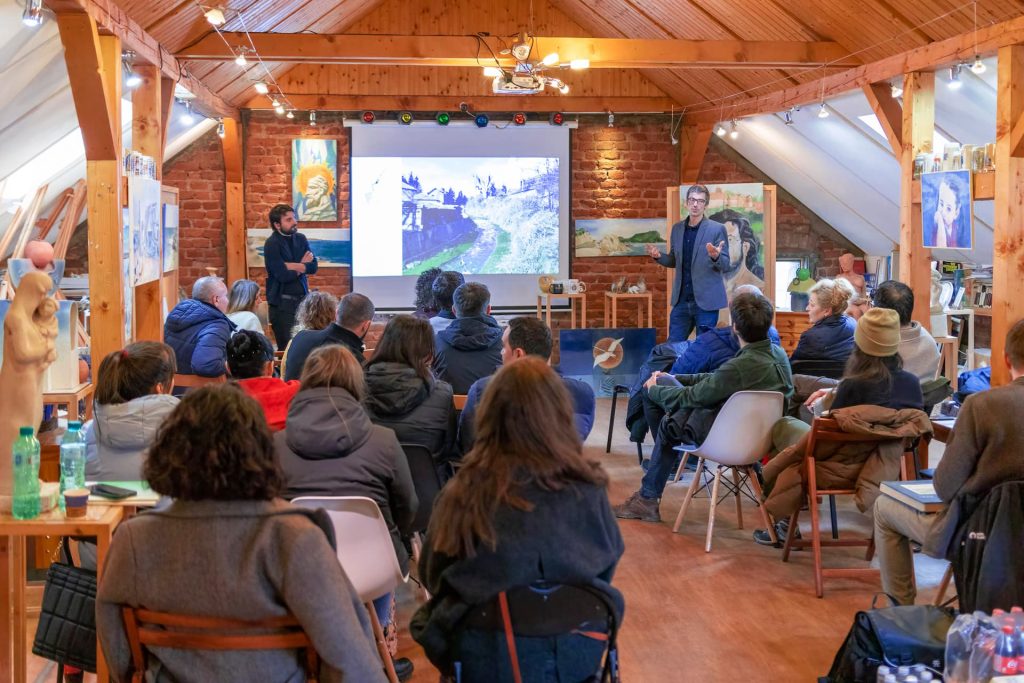
Conferința „Pe firul apei”, Petroșani
Ianuarie 2023

Rețeaua ariilor protejate în mediul urban – propuneri Timișoara
Decembrie 2021
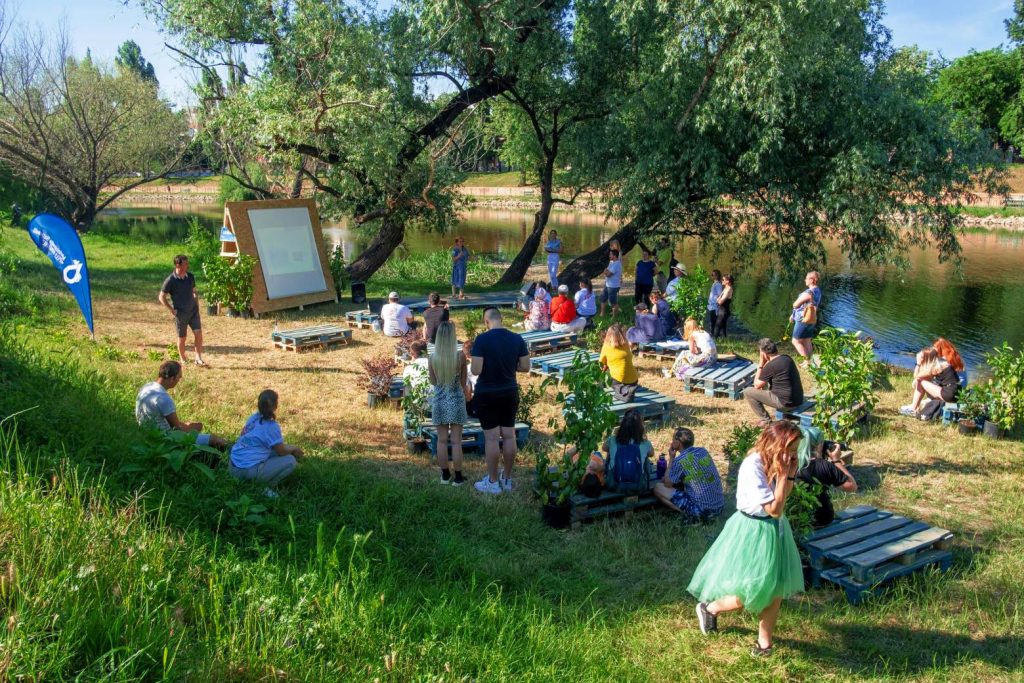
Conferință Criș Delivery, Oradea
Iulie 2021

Dezbatere Someș Delivery, Cluj-Napoca
Noiembrie 2020
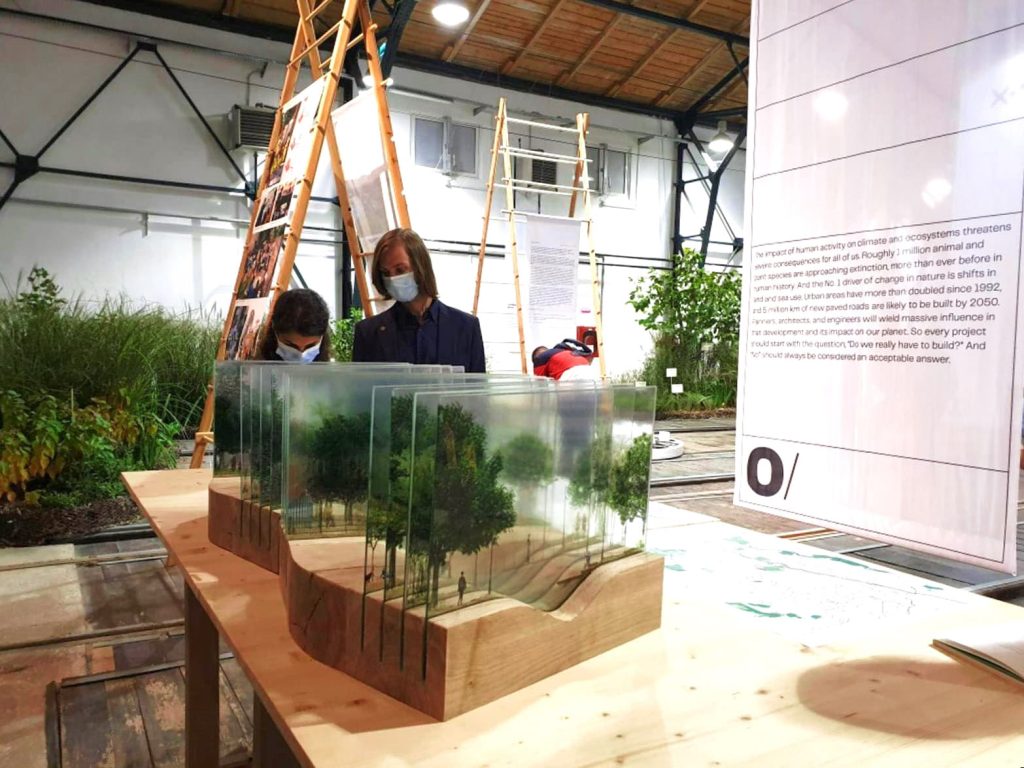
Parte din expoziția „Enough is enough”
Septembrie 2020
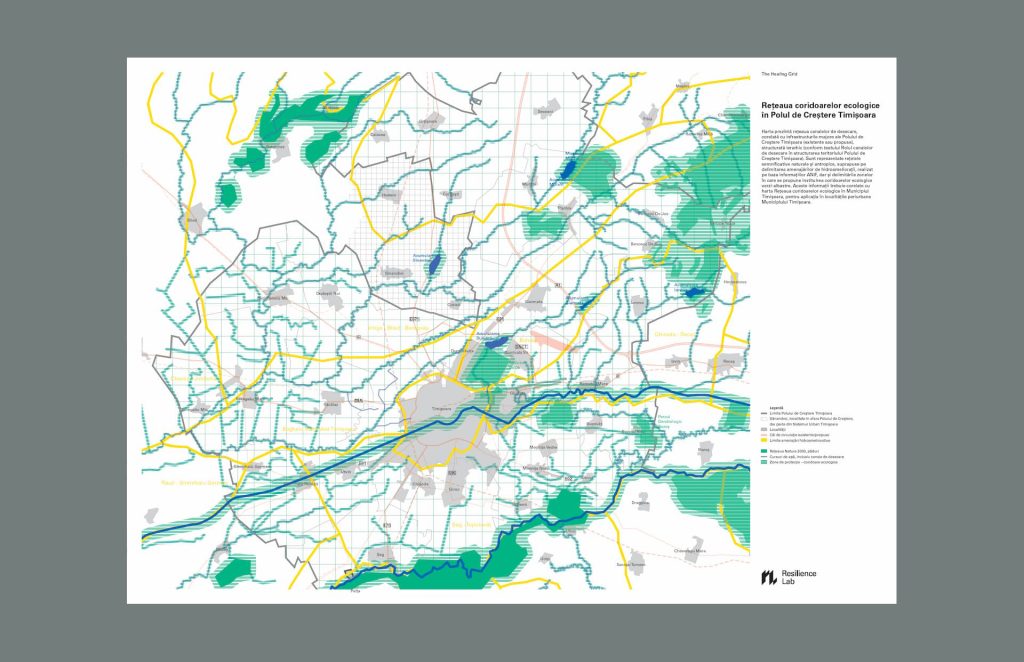
Forumul „Urbanism și Dezvoltare Durabilă”, Chișinău
Iunie 2020

Campanie conștientizare – Transportul alternativ de-a lungul cursurilor de apă
Ianuarie 2020

Campanie conștientizare – Coridoare ale vieții
Septembrie 2019

Lansare Ghid de bune practici
Iulie 2019
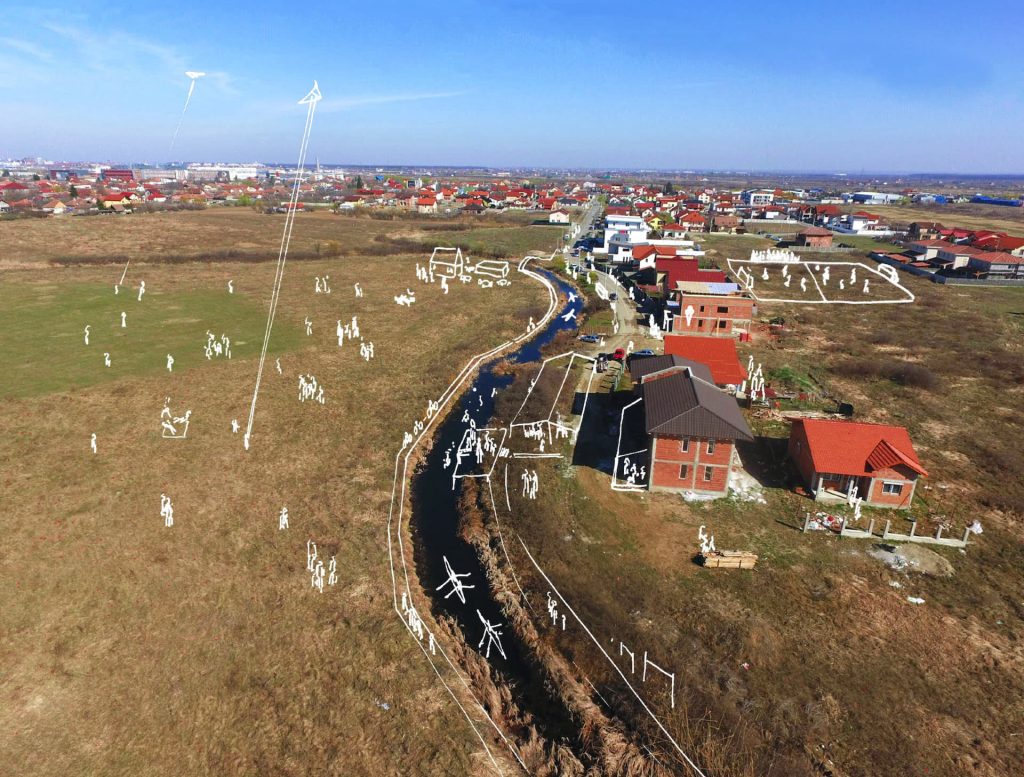
Revista Actors of Urban Change 2017-2019. Nature, community, spaces: The future of European cities
Iulie 2019
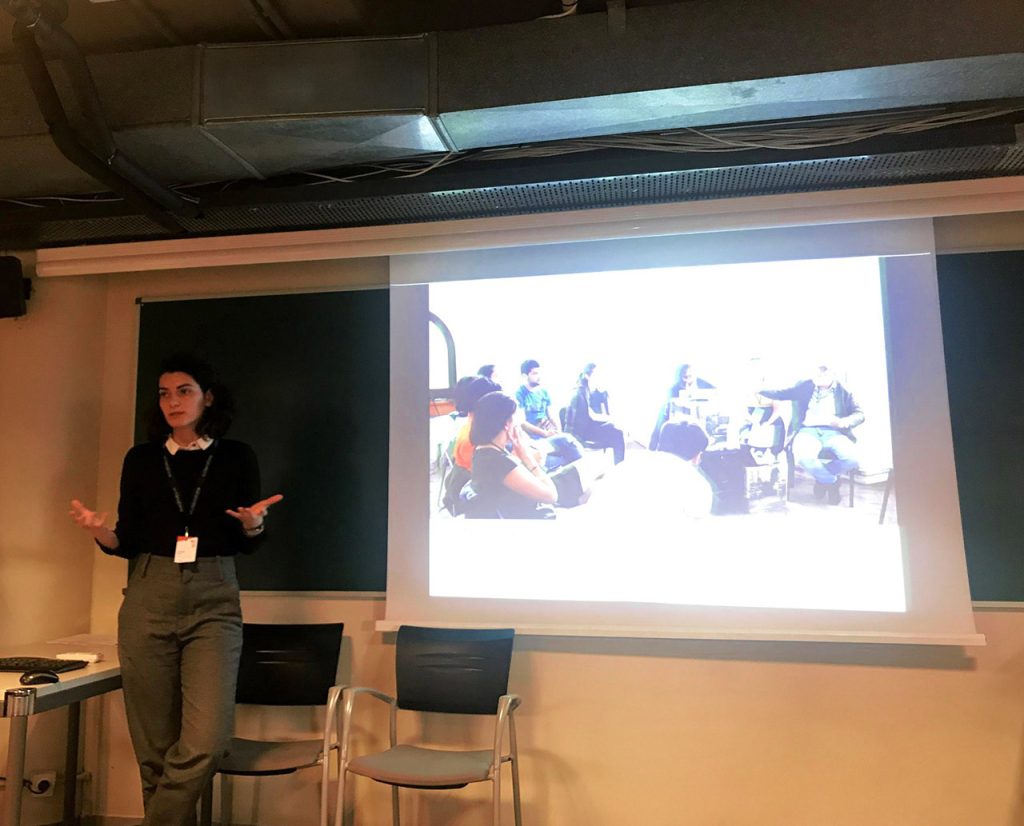
Participare IFOU, Barcelona
Decembrie 2018

Articol Rețeaua albastră-verde și rolul său în sistemul urban timișorean
Noiembrie 2018
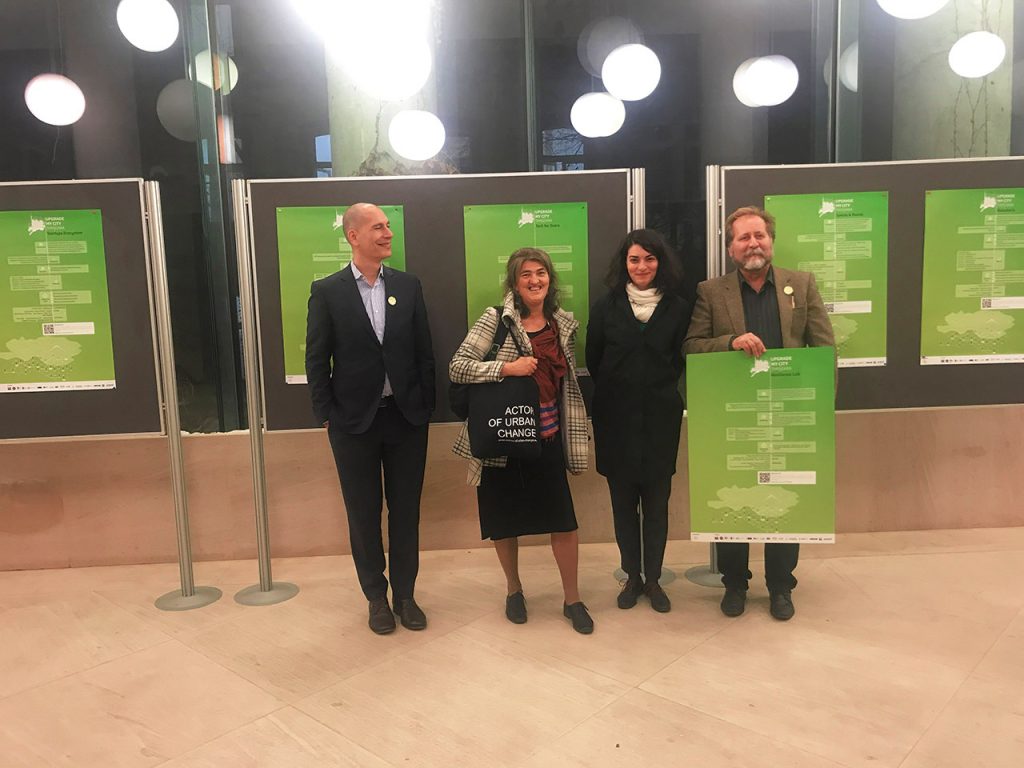
Prezentare Upgrade My City, Timișoara
Noiembrie 2018

Premiul Beta 2018
Octombrie 2018
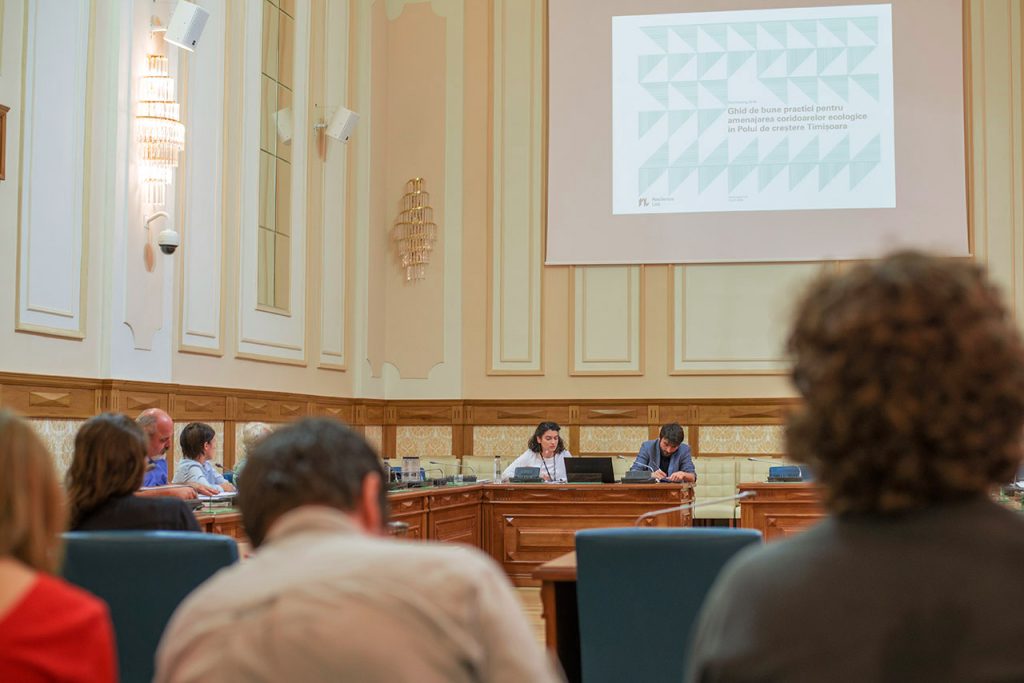
Prezentare la Primăria Municipiului Timișoara
Iulie 2018

Picnic comunitar, Ciarda Roșie
Iulie 2018

Atelier intervenție urbană, Ciarda Roșie
Iulie 2018
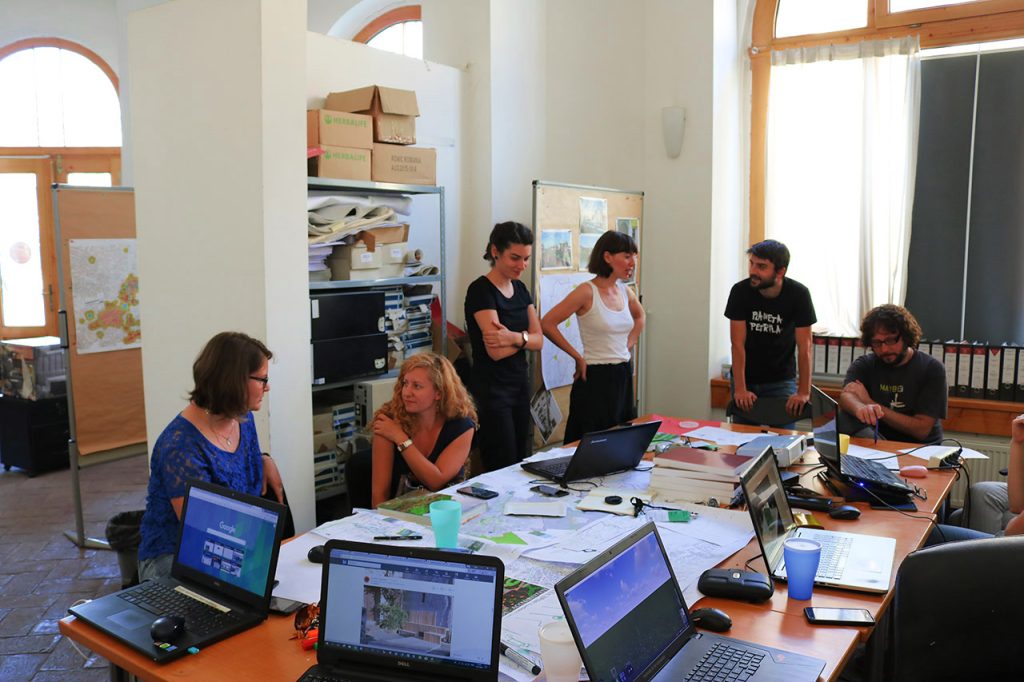
Ateliere interdisciplinare, The Healing Grid Workshops
Iulie 2018
